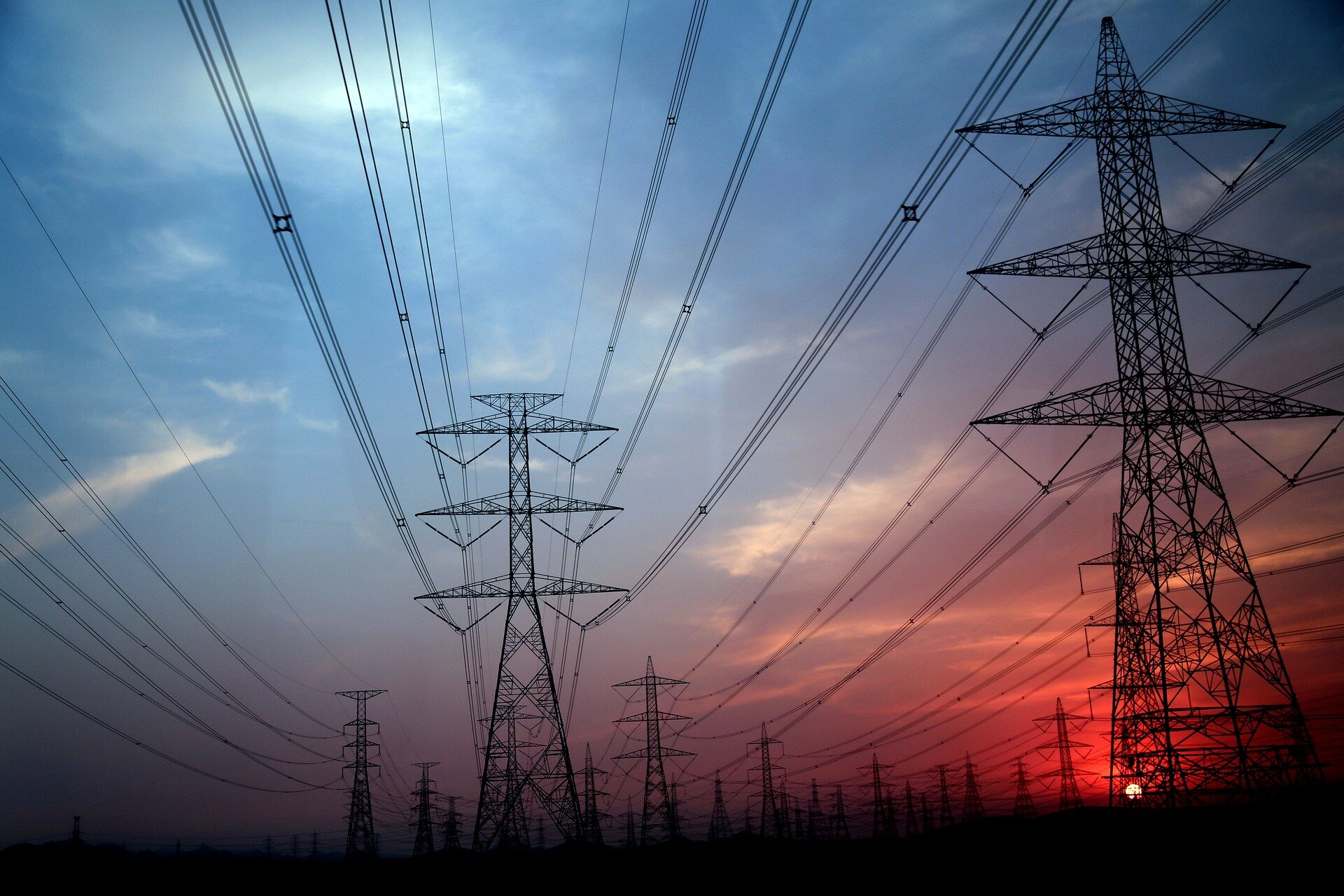- Machine learning framework boosts residential electricity clustering for demand-response
- Is big tech harming society? To find out, we need research, but it's being manipulated by big tech itself
- Meta must limit data use for targeted ads: EU court
- Solving the urban air mobility problem: Researchers develop an algorithm for future flying taxi companies
- Researchers create artificial plants that purify indoor air, generate electricity
What do you believe is the single most important factor driving up the cost of living in Nigeria?

Bringing electricity to the smallest villages is not likely to reduce poverty
Nearly 800 million people in the world lack access to commercial electricity. It is easy to assume that connecting them to the grid will reduce poverty and improve lives. In fact, expanding energy infrastructure to everyone on the planet by 2030 is one of 17 global sustainable development goals set by the United Nations.
But studies on the benefits of such efforts are mixed. At the national level, greater access to electricity is correlated with higher GDP. However, at the village level, there is evidence to suggest electrification has little or no impact on village economies or quality of life.
New research from the University of Maryland and the University of Chicago clarifies the issue, revealing that village size determines the benefit of electrification. The study, which appears in the Journal of Political Economy, showed significant benefits of electrifying villages with populations over 2,000 people, but no benefits in villages with 300 or fewer persons, and variable, modest benefits in between.
"It is a huge investment, billions of dollars a year, for governments of low-income to continue building out their electricity grids. The question we ask in this paper is: Are those investments going to bring people out of poverty? It looks like the answer is no, at least not in the smallest villages" said Louis Preonas, an energy and environmental economist in the Department of Agricultural and Resource Economics at the University of Maryland and co-author of the study.
"That may sound depressing, but we are in the business of figuring out what works, and what works might not be electricity. It may be health clinics, schools, or roads. Or it might be electricity coupled with many of those things," continued Preonas.

- October 4, 2024
IMF reaches Staff-Level Agreement on third review with Ghana


- October 4, 2024
US Labor Market Posts Strong Data—What It Means For Bitcoin

- October 5, 2024
UPDATED: $543.5m FX sold to authorised banks in 11 days – CBN



- October 4, 2024
DBN, Grand Africa to empower 350 women

- October 4, 2024
Ethereum Up More Than 3% In 24 hours
Subscribe to our mailing list to get the new updates!

Subscribe our newsletter to stay updated
Thank you for subscribing!




